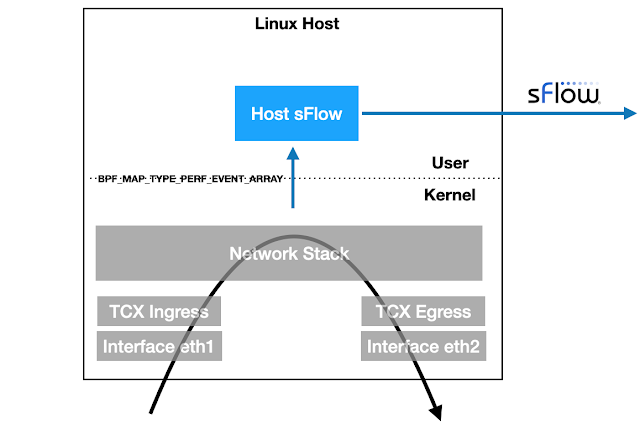0
Kubernetes networking is deceptively simple on the surface, until it breaks, silently leaks data, or opens the door to a full-cluster compromise. As modern workloads become more distributed and ephemeral, traditional logging and metrics just can’t keep up with the complexity of cloud-native traffic flows.
That’s where Calico Whisker comes in. Whisker is a lightweight Kubernetes-native observability tool created by Tigera. It offers deep insights into real-time traffic flow patterns, without requiring you to deploy heavyweight service meshes or packet sniffer. And here’s something you won’t get anywhere else: Whisker is data plane-agnostic. Whether you run Calico eBPF data plane, nftables, or iptables, you’ll get the same high-fidelity flow logs with consistent fields, format, and visibility. You don’t have to change your data plane, Whisker fits right in and shows you the truth, everywhere.
Let’s walk through 5 network issues Whisker helps you catch early, before they turn into outages or security incidents.
1. Policy Misconfigurations
Traditional observability tools often show whether a packet was forwarded, accepted or dropped, but not why. They lack visibility into which Kubernetes network policy was responsible or if one was even applied.
With Whisker, each network flow is paired with:
